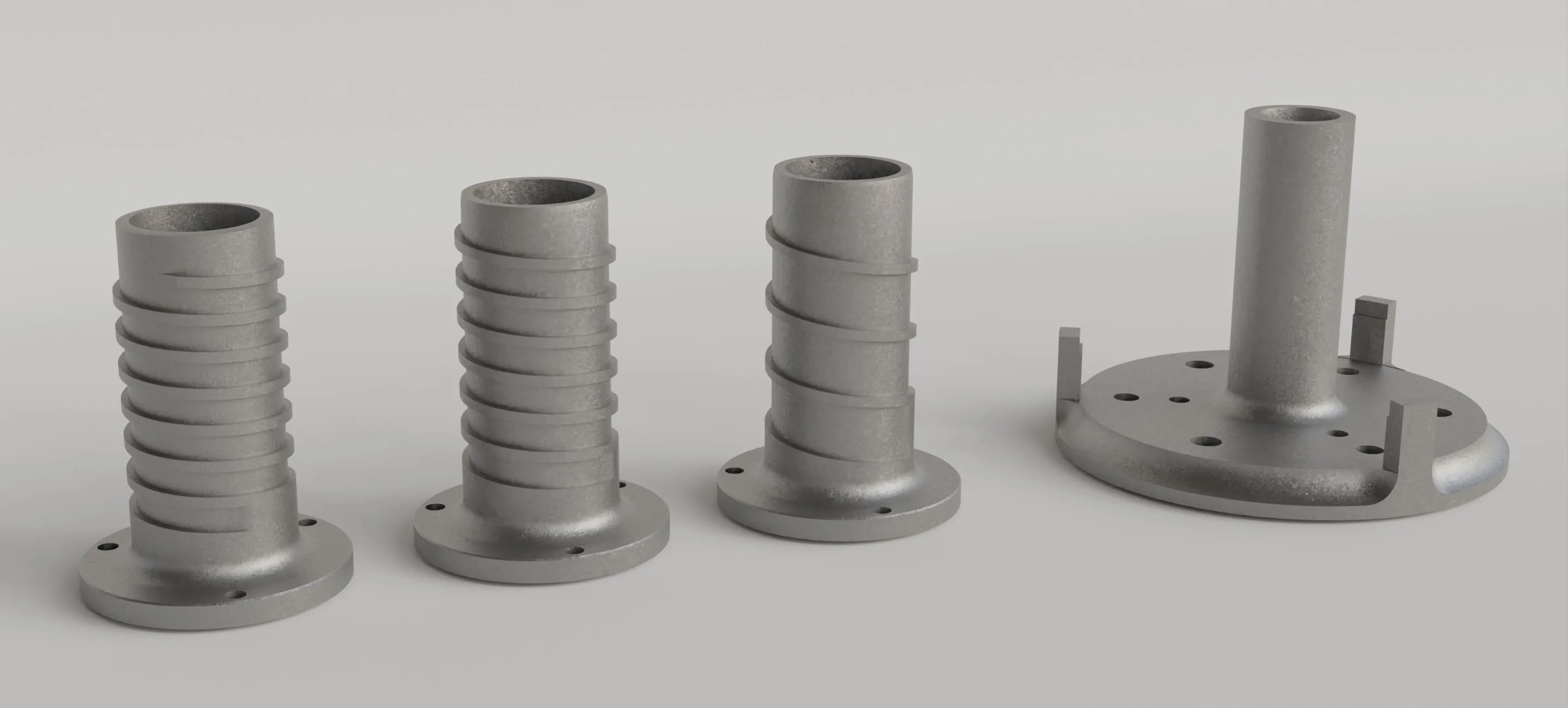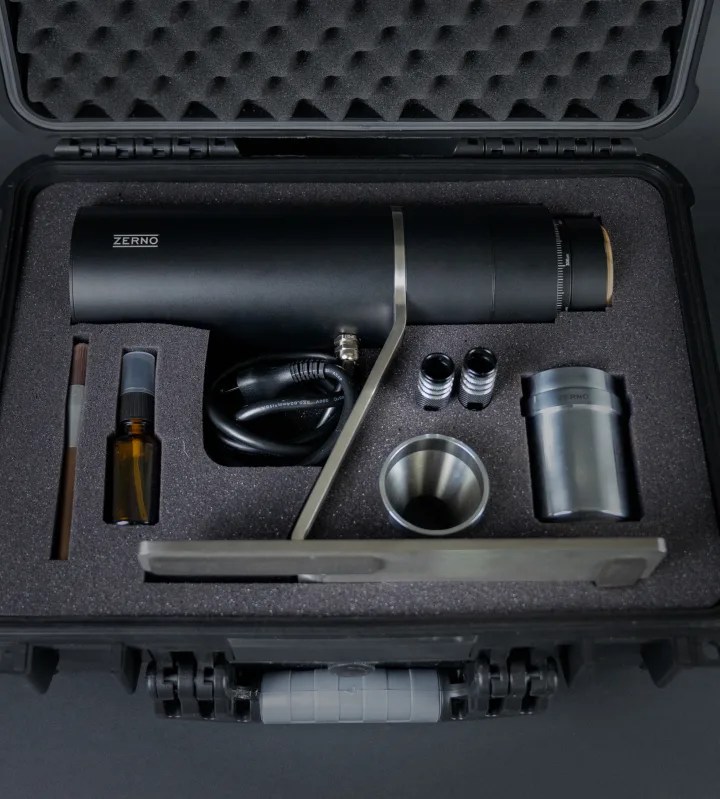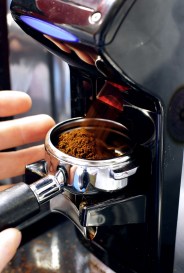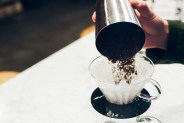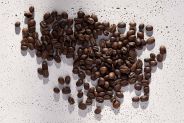Nothing impacts the flavor of your coffee more than grind size. It’s a refrain we hear over and over again from coffee experts. Deejay Newell, co-owner (and bean ambassador) of the Montana-based Treeline Coffee Roaster, couldn’t state it any more clearly: “The size of the grind directly correlates with the amount of flavor you are extracting from the bean.”
The causal relationship between grind size and flavor may seem evident at some level. Most people understand that “making” coffee, regardless of the exact method employed, centers on extracting the flavor stored inside coffee beans into water that we can then drink.
Going one level deeper, however, is the best way to understand why machines like the Zerno Z1 – a made-in-the-USA coffee grinder offering home coffee brewers unprecedented precision and tuning abilities at a starting price of $1299 – even exist.
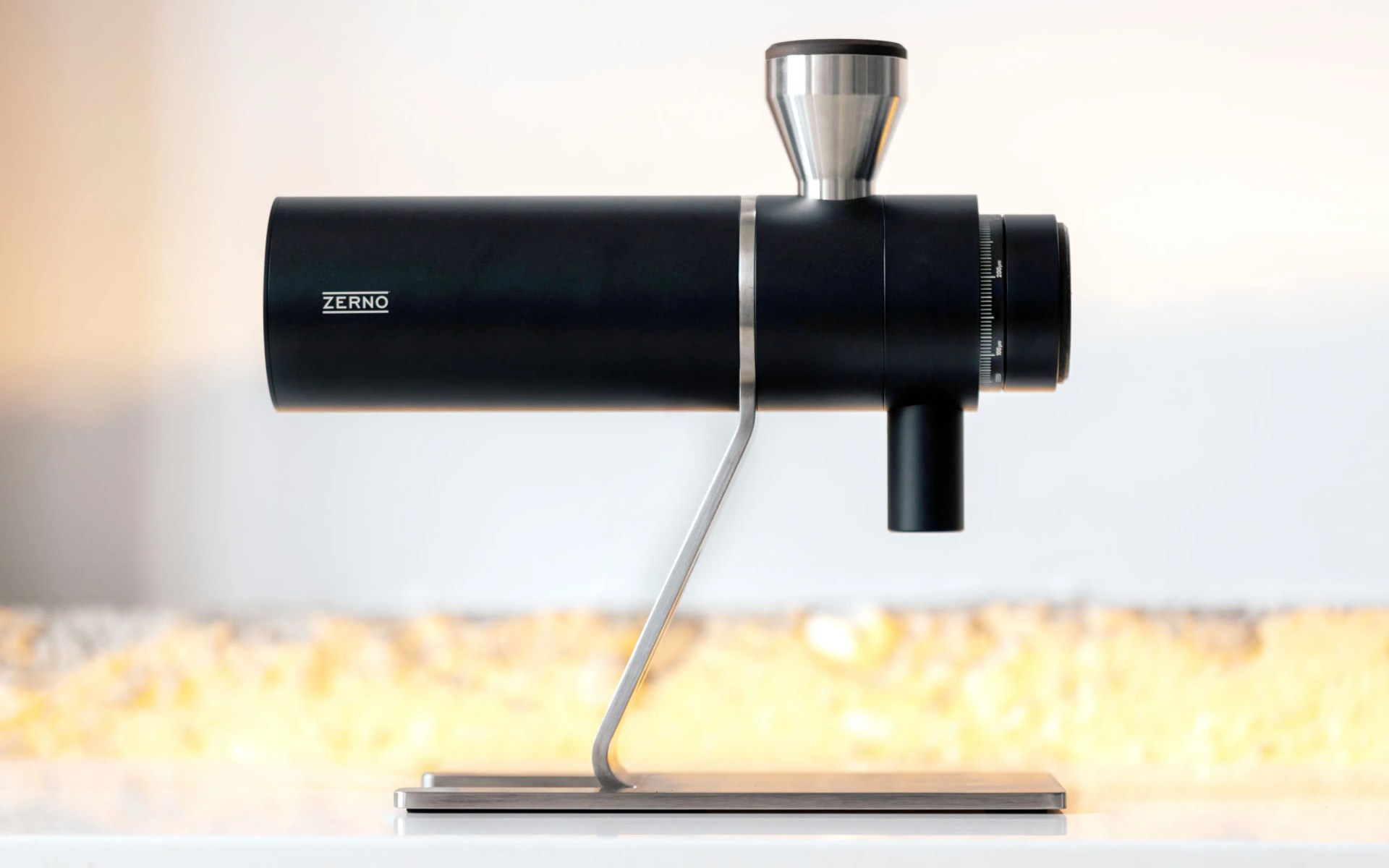
A crash course in coffee extraction.
What we generally think of flavors are more technically referred to as “solubles” by coffee flavor experts. And not all coffee solubles are the same.
As this incredibly helpful and detailed explanation of coffee extraction from Handground.com articulates, coffee solubles fall into four distinct compound categories, including acids & caffeine, lipids & fats, so-called Melanoidins, and finally, carbohydrates & fibers, each of which coffee drinkers associate with different flavor characteristics. Some of these flavors are good (fruit, vanilla, chocolate), while others are bad (bitters). The longer water is exposed to grinds, the more solubles will be extracted into the liquid, both good and bad.
In the coffee world, a metric known as the extraction rate is used to help quantify the ideal ratio of coffee solubles that should be extracted into a cup vs. left behind in the spent grounds. This rate is expressed as a percentage directly correlating to the coffee mass that should dissolve in water vs. stay behind.
The Specialty Coffee Association or SCAA’s optimal extraction rate target is between 18-22%, i.e., between 18 to 22% of the brewed coffee’s mass should be dissolved in the resulting liquid.


